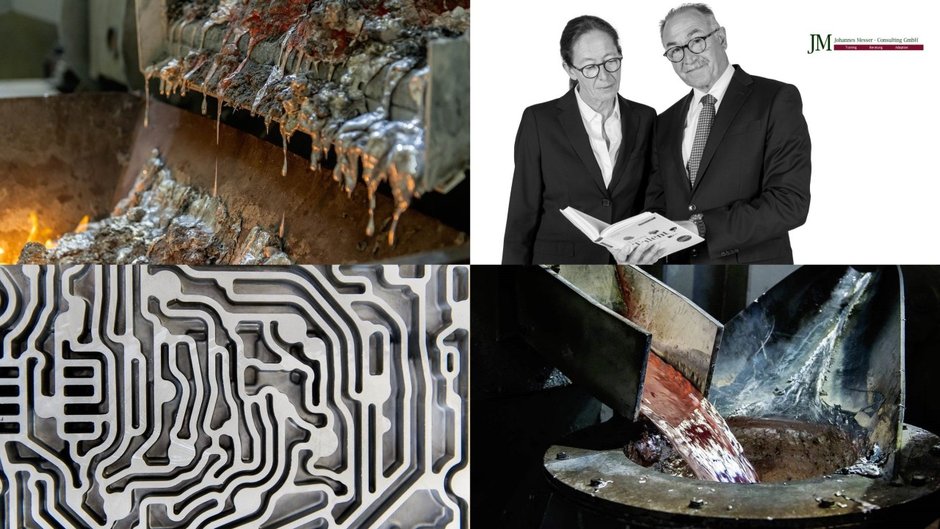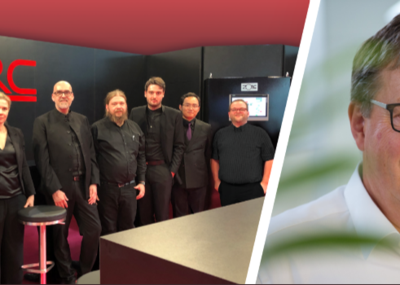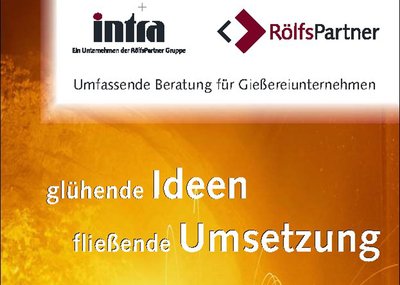The global aluminium foundry industry has been in constant growth since the 1980s. This growth was mainly due to the substitution of many parts of the power train with aluminium cast parts. Technologically, thanks to the excellent know-how of the entire value-added network, the cornerstone for this development was laid, mainly in Europe. In addition to the foundries, the automotive industry and the environment have benefited from the successes achieved in relation to lightweight automotive construction.
Thanks to the successes, the foundry industry was able to establish itself as a perceived supplier and important development partner for the automotive industry. Since the 4th quarter of 2018, this success story has, in principle, stalled without warning and fault on the part of the foundries.
With demands for CO2 reductions becoming louder and louder, the automotive industry came under increasing pressure. The previous forms of automotive propulsion were quickly identified as the main source of the evil. The transformation to alternative drive forms was rapidly gaining importance in the automotive world. As a result, there was a significant drop in demand in a highly insecure automotive sales market. The foundry industry was massively affected by these declines in demand from day one.
With the corona pandemic and the resulting expansion of the existing crisis, the situation worsened. The foundry industry, which was already burdened, was particularly affected. The foundry industry had repeatedly developed new products in recent years and often lost them to competitors from low-cost regions after industrialization. The industrial and tariff policy in Germany did not manage to counteract this trend.
Opportunities
The transformation (ICE → e.g., BEV) in the automotive industry, which has been increasingly initiated since the end of 2018, has steadily increased in speed. This development has reinforced the already existing trend towards lightweight construction in the automotive industry. In addition to the performance of the battery, the vehicle weight is the main lever for increasing the range of the vehicles. Range and price are the top decision-making criteria when buying an e-car and therefore essential criteria for success. In addition to all the obvious negative consequences of the transformation (“loss” of the powertrain) for aluminium foundries, there are enormous opportunities in lightweight construction. In competition with other processes (aluminium sheets, aluminium profiles) and materials (steel, fibre-reinforced plastics, ...) further chassis and structural parts can and must be won for a successful future of the foundry industry.
The guarantee of success at this point is the development work between the foundries (including the foundry network) and the OEMs. This alliance, especially in Germany / Europe, has already successfully developed and industrialized lightweight construction solutions in the past:
- gear housing
- rims
- cylinder heads
- engine blocks
These developments are still considered milestones in lightweight automotive construction and represent great successes for both the companies involved and the environment.
With first chassis and structural parts made of cast light metal was able to achieve initial successes both technologically and economically, with the same approach. These first successes have shown further potential. The recipe for success is known and has been successfully tested. Strong partners are needed for implementation who can do this both technologically (employee know-how) and economically (financial basis).
Risks
The economic situation of light metal foundries in Germany has been unsatisfactory for years. Existing productivity advantages are less and less sufficient to compensate for the permanently increasing location disadvantages (wage and energy costs, taxes). The crisis has exacerbated this situation and further burdened the foundries' thin financial capacity. It will take some time to eliminate the consequences of the crisis, which experts judge as serious and long-lasting.
During this time, the foundries must….
• make her earnings situation adequate again
• generate liquidity for necessary investments
• bridge the loss of bread-and-butter parts (powertrain) economically
…... to advance the necessary technological and economic development of lightweight automotive construction (focus: chassis and structural parts) in parallel and together with the automotive industry.
The expected successes are vital for the automotive industry (reduction of vehicle weight and total costs), the foundry industry (safeguarding sales) and the environment (reduction of CO2 emissions). Great efforts are required to meet these challenges. The foundries must focus their resources internally on improving results and, together with the automotive industry, on developing new technological and economic milestones in lightweight automotive construction.
The foundry network in Germany / Europe is able to do this.
In parallel to overcoming these challenges, however, the foundries cannot make any additional contribution to further improve the economic situation of individual customers.
It is of little help that some, in their endeavours to improve their own earnings situation, demand price corrections from the foundries for price components for which the foundries are unable to implement cost reductions (e.g., metal).
The already tense earnings situation is further burdened, which is currently threatening for many foundries. An isolated consideration and evaluation of individual price or calculation items is not expedient. Wanting to unilaterally change individual cost items based on such evaluations is cherry-picking.
To do (cooperation vs. cherry picking)
To cope with the (own) crisis, both the foundries and the customers must improve their earnings situation internally, independently and at short notice.
We should work together on the future in parallel. The technological and economic further development of the products has priority. The potential there is for everyone involved (foundry industry, automotive industry, and the environment), both technologically / ecologically and economically a great opportunity. Together, the foundry and automotive industries can build on the successes they have already achieved.
Strong partners were and are the guarantee for success.




